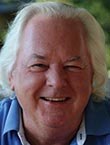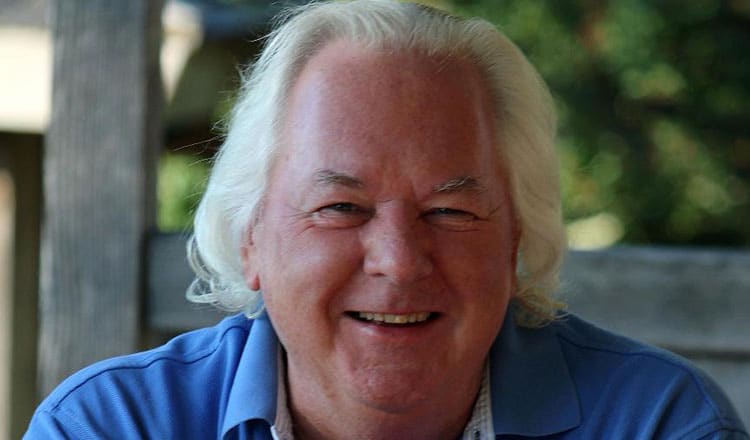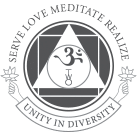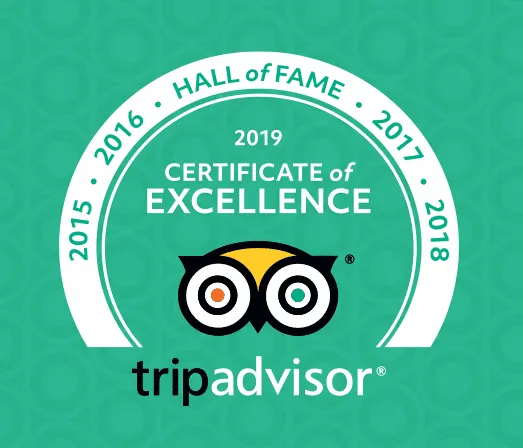Sivananda Bahamas Blog
Expand Your Horizons …
Our Blog
Active Dreaming with Robert Moss
In dreams we unravel mysteries, we meet loved ones, we clarify wishes. In this realm, we are transported beyond the physical into a world where our human minds intersect with minds beyond human understanding.
But dreaming is a lost practice, says Robert Moss, creator of Active Dreaming, an original synthesis of modern dreamwork and shamanism. The dream world, he says, is beyond our physical world but we can learn to go there, just as people did in ancient times. “In Egypt, the word for dream means awake, and is defined in hieroglyphs by the symbol of a wide open eye. It’s not about sleep, it’s about waking up.”
During the Yoga, Dreams & Dreaming Symposium in January 2015 at the Sivananda Ashram Yoga Retreat in the Bahamas — “a beautiful place, peopled by beautiful souls,” Moss says — he led workshops in Active Dreaming. His presentations energized a receptive audience.
Moss, best-selling novelist, journalist, and independent scholar, says there’s truth in the idea that the visions we hold shape the world we experience. He quotes Marcus Aurelius: “A man’s life is dyed the color of his imagination.”
Dreaming is central to the history of every religion, he says. Using the Bible as a prime example: “Think of Joseph’s dreams, how dreams guide the Magi, the three wise men; it’s through dreams and visions that the Savior is identified and kept safe. It’s through the dreams of a Roman emperor, Constantine, that Christianity becomes a religion of the western empire. The entire Koran is a dream, a result of the night journey of the prophet galloping on his mystical steed encountering Gabriel, the archangel of dreams for Jews, Christians, and Muslims.”
So how do we become dreamers? Active Dreaming is the key Moss says, so that we go actively into dreamtime and master the art of conscious dream travel. “We can learn that we want to take action from our dreams, to bring healing energy and guidance into life. We can learn to share dreams with other people in our society in ways that are mutually empowering, help each of us to learn to tell our stories really well, and derive the power that comes from that,” he says.
“Active Dreaming is also about the idea that we want to go about this world and everyday life with a symbolic sense, a poetic sense of the dreamer, looking at signs as symbols around us, as a language of the soul, noticing that what happens around us in the form of coincidence or synchronicity is significant,” he says.
Dreaming, Moss says, is not done only at night. Those night dreams are the ones we develop, and we can learn to go back into the place of a dream and accomplish something: talk to a character or understand whether a dream event is a warning or a symbol.
Another thing we need to do, he says, is to journal our dreams. “Write everything down, even if it’s just a fragment or a wisp and play with that. And above all, perhaps, we learn to talk to each other in a really interesting, lively way that helps us to open a safe space to share dreams and other intimate material where we’re not going to be intruded upon or told what things mean.”
In Active Dreaming, not only can we do things in dreamtime but we can also offer guidance to each other so that we can take action. ”Dreams require action,” he says. For instance, “the best way to deal with bad dreams is by going back inside the dream. Life beyond death, healing, and forgiveness are available. Guides are available to us in dreams.”
At the ashram, “I was delighted by how deep and far we were able to go in our relatively short sessions,” he says. “People were ready to give their best to our games and absolute beginners were soon initiated into some of the core techniques of our lightning-quick method for sharing dreams and life stories, and being guided to action.”
The way to understand dreams, Moss says, is to reclaim the experience. “So we learn ways to do that. We learn, for example, to re-enter the dream if it’s interesting or has energy or has challenge, to go back inside the dream consciously, and that’s not as difficult to do as people might think.” Having a dream implies that you’ve been someplace which “might seem like a more nebulous space, a more abstract space, maybe a more chaotic kind of space. But you’ve been somewhere.”
[Read Of Kairos and Sea Shells, a post Robert wrote at the end of his stay at the ashram.]

Robert Moss is the creator of Active Dreaming, an original synthesis of modern dreamwork and shamanism. A former lecturer in ancient history at the Australian National University, he is a best-selling novelist, poet, journalist, and independent scholar who leads seminars all over the world. His nine books on dreaming, shamanism, and imagination include Conscious Dreaming; The Secret History of Dreaming; and Dreaming the Soul Back Home. His latest book, The Boy Who Died and Came Back, is a personal narrative of his adventures in multidimensional reality since an Australian doctor told his parents when he was three, “Your boy died and came back.”








